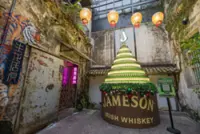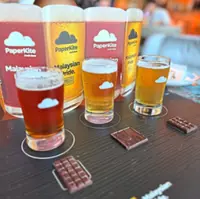Walker has over 50 years experience in whisky making, but says he is having more fun than ever at The GlenAllachie. — Photos: Glenallachie/AsiaEuro Malaysia
It is not every day you get to meet a legend in the whisky world, and so when I was given the opportunity to interview Billy Walker, the master distiller of The GlenAllachie, there was no way I was going to say no.
Walker not only has over 50 years of experience in the Scotch industry, he was also responsible for some truly memorable creations over the years in some iconic distilleries, including The Glendronach, BenRiach, and of course, The GlenAllachie.





